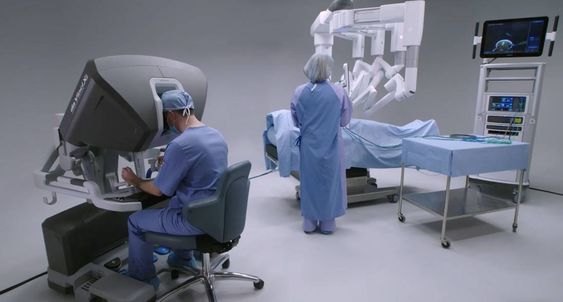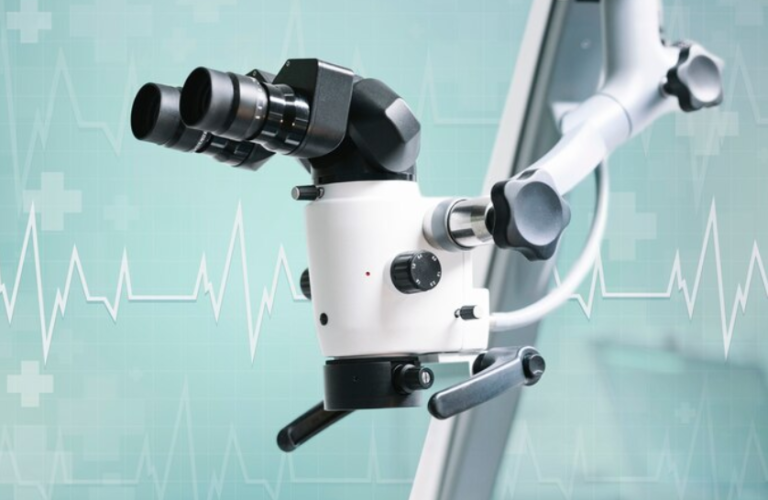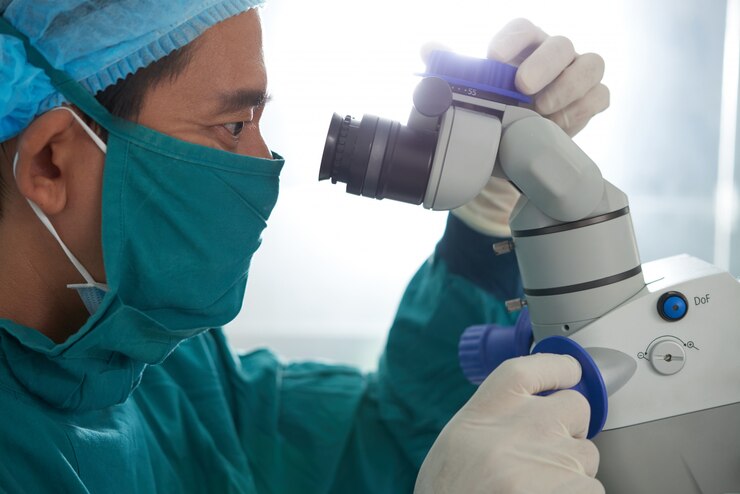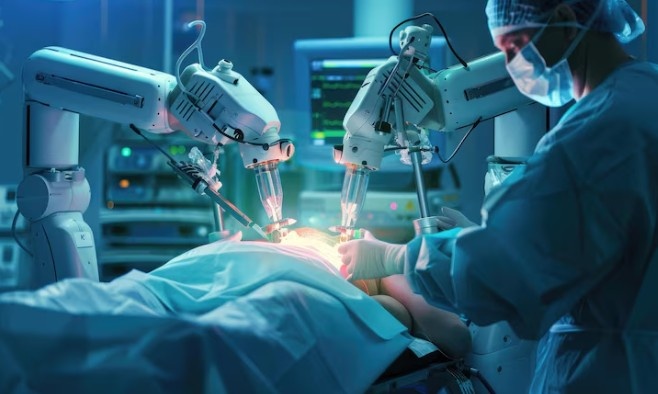Introduction To Laser Procedures: Understanding The Technology
In today’s world of advanced medical and cosmetic treatments, lasers have become ubiquitous tools for various procedures, offering precision, efficacy, and minimal invasiveness. From dermatology to ophthalmology, dentistry to surgery, lasers play a crucial role in a wide range of therapeutic and aesthetic applications. In this article, we’ll delve into the fundamentals of laser technology, explore how lasers work, and discuss the diverse array of procedures made possible by this innovative technology.
Understanding Laser Technology
At its core, a laser (which stands for Light Amplification by Stimulated Emission of Radiation) is a device that emits a highly concentrated beam of light. Unlike conventional light sources, such as lamps or LEDs, which emit light in many directions and wavelengths, lasers produce a focused, coherent beam of light with a specific wavelength.
The key components of a laser system include an energy source (such as an electrical current or a flash lamp), a lasing medium (which could be a solid, liquid, or gas), and optical elements (such as mirrors and lenses) to amplify and manipulate the laser beam.
How Do Lasers Work?
The process of laser emission involves several steps. First, energy is introduced into the lasing medium, exciting its atoms or molecules to a higher energy state. As these excited particles return to their ground state, they release photons, which are the basic units of light. These photons bounce back and forth between two mirrors placed at the ends of the lasing medium, stimulating other excited particles to emit more photons in phase with the original ones. This process leads to the amplification of light, resulting in a coherent, intense beam of laser light emitted through one of the mirrors.
The wavelength of the laser beam is determined by the specific characteristics of the lasing medium, such as its composition and energy levels. Different wavelengths of light interact with biological tissues and materials in distinct ways, making lasers versatile tools for a wide range of applications.
Types of Laser Procedures
Laser procedures span multiple medical disciplines and aesthetic practices. Some of the most common applications include:
Laser Hair Removal: Using selective photothermolysis, lasers target melanin in hair follicles, damaging them and inhibiting future hair growth.
Laser Skin Resurfacing: By removing outer layers of damaged skin and stimulating collagen production, lasers can improve skin texture, reduce wrinkles, and diminish scars and blemishes.
Laser Eye Surgery: Procedures like LASIK and PRK use lasers to reshape the cornea, correcting refractive errors and improving vision without the need for glasses or contact lenses.
Laser Tattoo Removal: Q-switched lasers deliver short pulses of high-energy light, breaking down tattoo ink particles into smaller fragments that the body can naturally eliminate.
Laser Dentistry: From cavity treatment to gum reshaping, lasers offer precise and minimally invasive solutions for various dental procedures.
Laser Treatment for Varicose Veins: Endovenous laser therapy (EVLT) and other laser-based techniques can seal off diseased veins, rerouting blood flow and reducing the appearance of varicose veins.
Laser Therapy for Acne and Scarring: Lasers target sebaceous glands and stimulate collagen production, reducing acne breakouts and improving the appearance of acne scars.
Laser Liposuction: Also known as laser-assisted liposuction, this procedure uses lasers to liquefy fat cells before their removal, resulting in smoother contours and faster recovery.
Benefits of Laser Procedures
Laser procedures offer several advantages over traditional surgical techniques and treatments:
Precision: Laser beams can target specific tissues or structures with unparalleled accuracy, minimizing damage to surrounding healthy tissue.
Minimally Invasive: Many laser procedures are performed through tiny incisions or without any incisions at all, reducing scarring, discomfort, and downtime.
Customization: Laser parameters, such as wavelength, intensity, and duration, can be adjusted to suit each patient’s unique needs and condition.
Versatility: With different types of lasers and treatment modalities available, lasers can address a wide range of medical and cosmetic concerns effectively.
Minimal Side Effects: Compared to traditional surgery or harsh chemical treatments, laser procedures often have fewer side effects and complications, leading to faster recovery and better outcomes.
Conclusion
In conclusion, lasers have revolutionized modern medicine and aesthetics, offering precise, effective, and minimally invasive solutions for a myriad of conditions and concerns. As technology continues to advance, the potential applications of lasers in healthcare and cosmetic procedures are only expected to expand, promising new avenues for innovation and improvement in patient care. Whether it’s removing unwanted hair, improving vision, or rejuvenating skin, lasers have undoubtedly earned their place as indispensable tools in the medical and beauty industries, shaping the future of healthcare and wellness.







